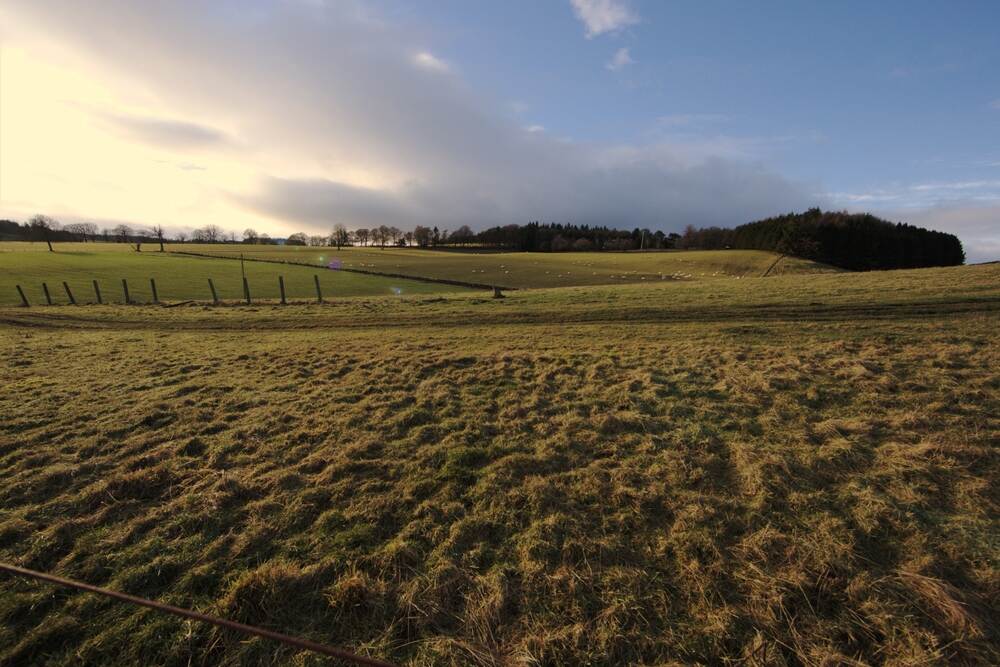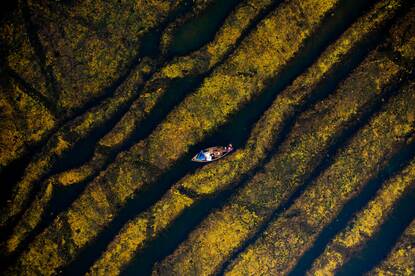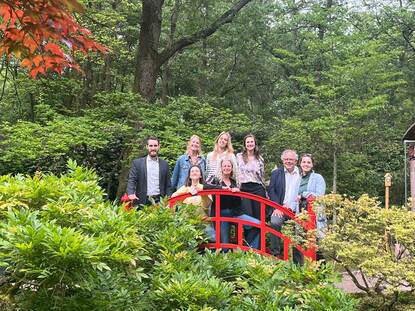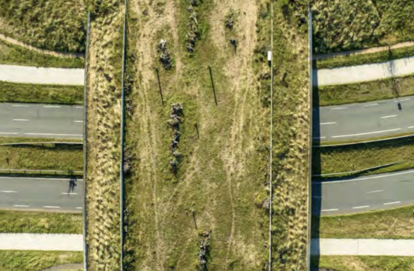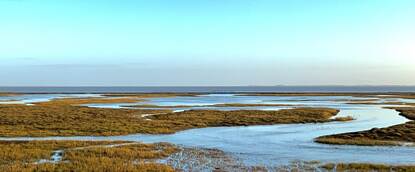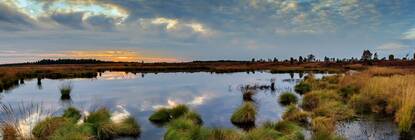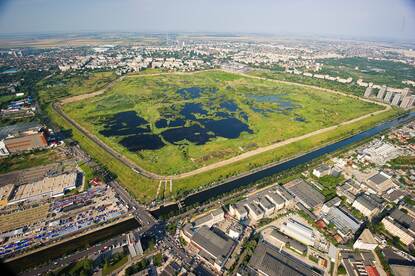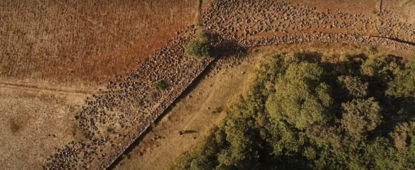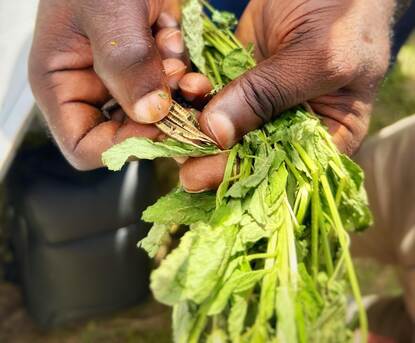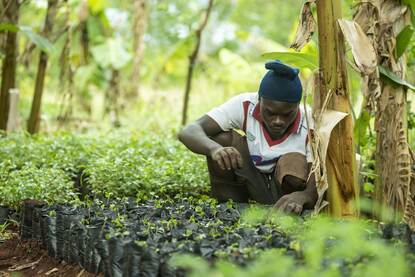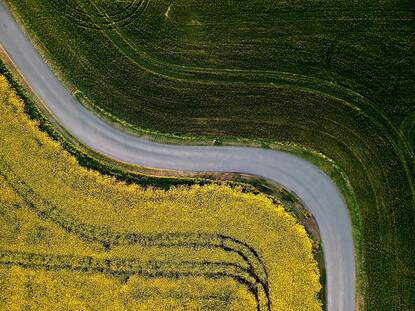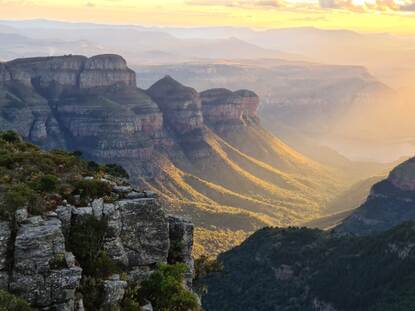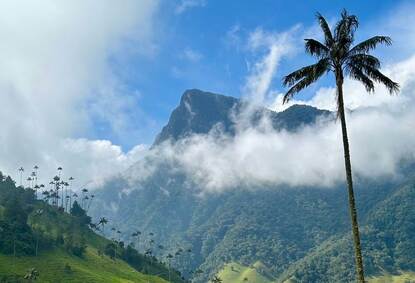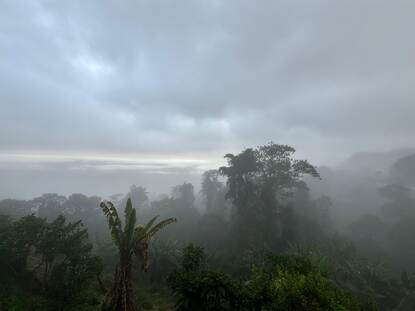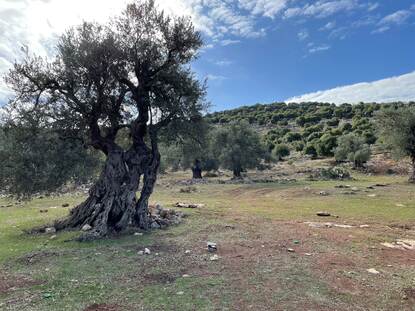Foto Shutterstock
In the modern global economy, more than 50% of economic activities rely on the ecosystem services that nature provides us. Yet, despite this dependency, we continue to degrade natural ecosystems at an alarming rate. Roel Nozeman, Head of Biodiversity at ASN Bank, argues that the ecosystem services provided by nature currently have no value in our economic system. We treat these vital services as infinite and free, extracting from nature without recognizing their value. To reverse this trend, it’s time to consider attaching a price tag to nature’s contributions. Nature's restorers need to be incentivized and polluters should start paying for the damage done.
What kind of bank is ASN Bank?
‘ASN Bank is deeply committed to promoting both ecological and social sustainability. The money our customers entrust to us, we invest in assets that minimalize negative effects and contribute to human rights, climate, and biodiversity to help create a world that is safe and healthy for people to live in—one where the environment is respected, both now and in the future.’
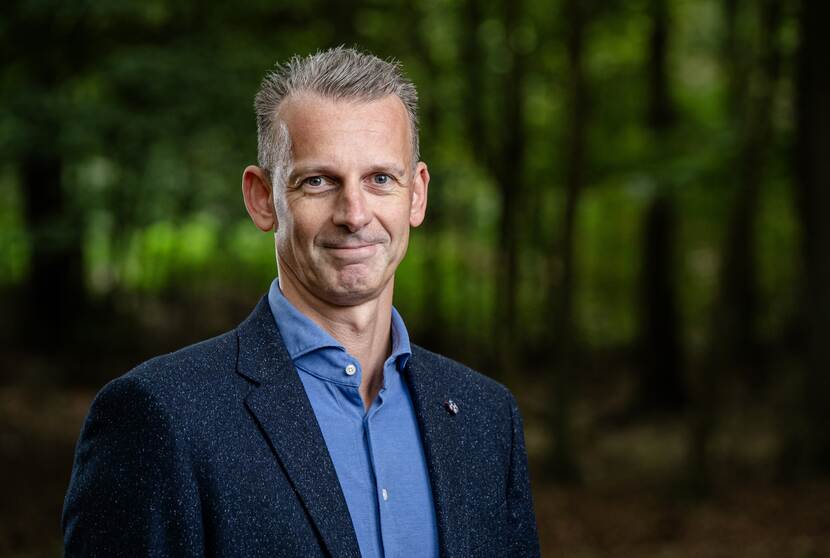
What is the Biodiversity Footprint Financial Institutions, and can you explain how it works?
‘The Biodiversity Footprint Financial Institutions (BFF)I is a method developed to measure the expected impact financial institutions have on biodiversity. In other words, how do their investments affect nature? Economic activities require land and water use, often leading to environmental degradation, greenhouse gas emissions, and pollution. Financial institutions play a pivotal role in this, as they fund these economic activities. Therefore, all financial instruments, including investments and loans, have an impact on biodiversity.’
‘BFFI allows us not only to measure our negative impact but also to find ways to compensate for it. This led to, for example, the creation of the Biodiversity Fund created by ASN Impact Investors. ASN Bank offers this fund to its customers. This investment fund supports the protection and restoration of nature through investments in sustainable forestry, agroforestry, regenerative agriculture, ecotourism, and the sustainable marine and fisheries sectors.’
‘Another result is that ASN Bank and ASN Impact Investors pay significant attention to the ASN sustainability policy, which applies to all investments. We exclude sectors that have a huge negative impact on nature, even though other banks may still invest in them, such as the fossil fuel industry or (deep-sea) mining.’
What does ASN Bank’s sustainability policy look like?
‘Our sustainability strategy and policies have three main pillars: human rights, climate, and biodiversity. We do a lot in these areas ourselves, but we also collaborate with the rest of the financial sector. We aim to be a catalyst for change, leading initiatives through various platforms. For climate, we founded PCAF—the Partnership for Carbon Accounting Financials. This initiative developed a standard for measuring the climate impact of financial institutions, which is now used globally by over 500 organizations. Parts of this standard have even made their way into European legislation.’
‘For human rights, we co founded PLWF—the Platform Living Wage Financials—which focuses on ensuring fair wages in the clothing sector and improving working conditions at companies that produce apparel, such as H&M and Inditex.’
‘The last pillar is the biodiversity sister of PCAF, called the Partnership for Biodiversity Accounting Financials (PBAF). PBAF is developing a standard to measure the negative and positive impact financial institutions have on biodiversity. Currently, 70 financial institutions from 20 countries are involved, so we’re heading in the right direction.’
Is ASN Bank much greener than other banks?
‘Well, there is an increasing number of organizations, financials that have begun to address this. In the beginning, when we first started, we often heard “we’re busy with climate issues now. We’ll look at nature once we’ve sorted that out”. But it's becoming increasingly clear that these two topics are interconnected and influence each other.’
‘Lately, there has been a lot of international development around nature, leading many institutions to take steps in this area. For example, the Finance for Biodiversity Pledge—a commitment to measure, collaborate, and report on biodiversity—is now signed by around 170 financial institutions worldwide. Another example is the Task Force for Nature-Related Financial Disclosures (TNFD), a major risk framework for nature and biodiversity-related investments.’

Are there any returns from investing in biodiversity?
‘There are, but there should be more. That's why, together with the Foundation for Sustainable Development, we developed Make Nature Count, a method aimed at economically valuing the services nature provides—so-called ecosystem services. Examples include clean air, clean water, soil biodiversity, fertility, pollination, coastal protection, and food production.’
‘Often, we take these services for granted. They currently have no value in our economic system, eventhough they should. For instance, timber can be sold on the market, which gives it an economic value. In the same way, you could put a price on carbon sequestration, pollination, or clean water.
About 50% of the global economy depends on nature. Take water availability, for example. It’s vital not only for agriculture and food security but also for our transport sector. After all, you can’t navigate rivers without water. Even the energy sector relies on nature—nuclear plants need cooling water. You could go on and on.’
‘However, we are destroying nature with our activities, and our economic system doesn’t account for this. We assume we can keep doing this indefinitely, but that's where things are starting to go wrong. We are trying to spark a discussion: if we look at nature from an economic perspective, what is its value to us?’
‘If we look at nature from an economic perspective, what is its value to us?’
What are your future plans?
'The upcoming COP16 (Conference of Parties to the Convention on Biological Diversity) will be held in Colombia. On behalf of PBAF, I will be attending and holding workshops. At the previous COP in Canada, the Kunming-Montreal Global Biodiversity Framework was established, which essentially is the Paris Agreement for biodiversity. This framework will lead, amongst others, to obligations for companies to measure their nature related dependencies, impacts, risks, and opportunities.'
'In addition, we will continue developing and refining the PBAF standard and aim to get more financial institutions using it. We also want to further spur the discussion around ecosystem services and valuation with our “Make Nature Count” work together with the “Foundation for Sustainable Development”.’
Any final thoughts for the readers?
‘Investing in biodiversity is the smart thing to do for governments and companies. The European Commission calculated that every euro spent on nature restoration brings an economic return of between 8 and 38 euros. Costa Rica is a great example of how this can pay off. The country was heavily deforested at the end of the eighties, and, since then, significantly invested in nature restoration and conservation, which has benefited its economy, particularly through tourism and the financial gains associated with it.’
